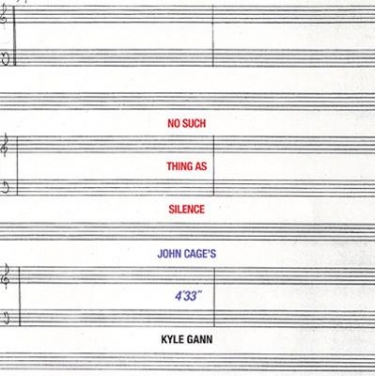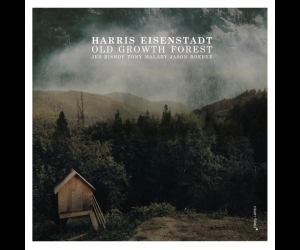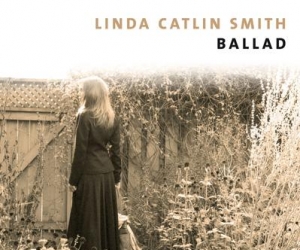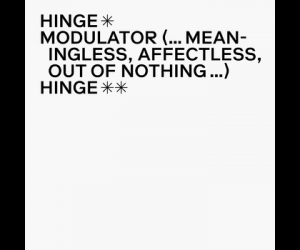
Cage never used absolute silence. In the beginning (his beginning, at least), such matters did not concern him—and concern with the earlier, less-notorious John Cage forms just one part of Kyle Gann’s fascinating study of Cage’s best-known composition.
“There is no such thing,” Cage wrote for a 1957 lecture, “as an empty space or an empty time. There is always something to see, something to hear. In fact, try as we may to make a silence, we cannot.” One of the best-known Cage anecdotes is his visit—at roughly age 30—to an anechoic chamber at Harvard: a room, so its literature boasted, that could absorb “99.8 or more per cent of the energy in a sound wave.” Cage stepped into the room. The sound-deadening technology cancelled out even the sound of his heartbeat. “I heard two sounds,” the composer remembered, “one high and one low. Afterward I asked the engineer in charge why, if the room was so silent, I had heard two sounds . . . He said, ‘The high one was your nervous system in operation. The low one was your blood in circulation.’”
4'33" premiered on August 29, 1952 at the Maverick Concert Hall outside Woodstock, New York (seventeen years before Woodstock flared up into a much larger cultural flashpoint). David Tudor, Cage’s longtime friend and collaborator, sat at a piano doing what most people would term “nothing.” It seemed outrageous and/or confusing to many people then, and fifty-eight years later, not much has changed on that front.
Kyle Gann, Associate Professor of Music at Bard College in Annandale-on-Hudson, New York, tackles the story of 4'33" through chapter-long studies of Cage’s early life (the only surviving child of three, Cage probably felt silence and absence from an early age); early influences; and his work (including the lyrical prepared-piano pieces) prior to 1952. Gann’s history reads impeccably and sturdily. This book should be mandatory for Cage scholars.
Ultimately, though, what matters most is that Cage meant for us to open our ears and other senses, using his most famous piece as a framing device in the short term, and inspiration in the long term. Gann “puts on” Zappa’s recording of the piece and hears “the quiet burbling of the water pump in my fish tank . . . the hum of my refrigerator, and occasional, irregularly spaced but identical bird chirps from outside.”
Exactly. Cage wanted us to listen outside. Armed with the right way to come to 4'33", the potential remains lifelong.


